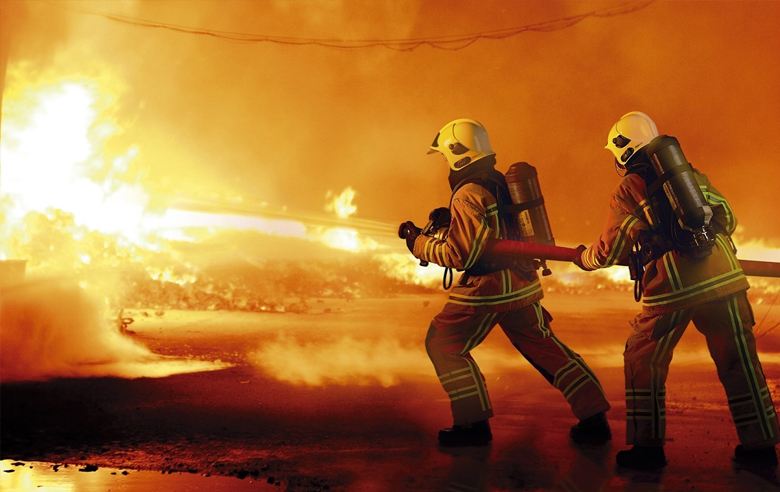Fire safety compliance is not only a legal requirement but also a moral responsibility for landlords. Ensuring that residential properties are equipped with the necessary fire safety systems helps protect tenants, prevent property damage, and reduce liability risks. This article outlines key considerations for landlords to stay compliant with fire safety laws.
Understanding Fire Safety Regulations for Residential Properties
In Australia, fire safety regulations for residential properties are governed by national and local building codes, such as the Building Code of Australia (BCA) and Australian Standard AS 1851. These standards cover fire prevention, detection, and suppression systems. Landlords must ensure their properties meet these requirements to avoid penalties.
Essential Fire Safety Equipment for Residential Properties
Fire safety equipment is crucial for protecting tenants and property. Smoke alarms are mandatory in all residential properties, and fire extinguishers, fire blankets, and sprinkler systems may also be required, depending on the building type. Landlords must ensure these systems are installed, functional, and regularly maintained to meet safety standards.
Smoke Alarms: A Legal Requirement
In most Australian states and territories, landlords are required by law to install smoke alarms in residential properties. These alarms must be interconnected and installed in key areas, such as hallways and bedrooms. Regular testing, maintenance, and battery replacement are essential to ensure their continued functionality and compliance.
Regular Inspections and Maintenance of Fire Safety Systems
To remain compliant with fire safety regulations, landlords must regularly inspect and maintain fire safety systems. This includes testing smoke alarms, checking fire exits, and ensuring fire extinguishers are charged and accessible. Regular maintenance prevents system failures and ensures tenants’ safety, reducing the risk of legal consequences.
Providing Tenants with Fire Safety Information
Landlords are responsible for educating tenants about fire safety procedures. This includes providing information on emergency evacuation plans, the location of fire extinguishers, and how to respond in case of a fire. Clear communication helps ensure tenants are prepared in the event of an emergency, reducing potential risks.
Fire Safety during Property Renovations
When making renovations or modifications to a residential property, landlords must ensure that fire safety measures are not compromised. For example, any changes to the building’s structure, such as blocking fire exits or altering the fire-rated materials, may violate safety codes. Always consult with fire safety experts during renovations.
Fire Safety Compliance Inspections: What to Expect
Fire safety compliance inspections are typically conducted by qualified fire safety professionals. They assess whether the property meets fire safety standards, identify potential hazards, and provide recommendations for improvements. Landlords should be proactive in scheduling these inspections to avoid non-compliance issues and ensure tenant safety.
Penalties for Non-Compliance
Failure to comply with fire safety regulations can lead to significant penalties, including fines or legal action. In some cases, non-compliant properties may face forced closure or expensive remediation. Landlords must take compliance seriously to avoid these risks and ensure they are providing a safe living environment for their tenants.
Conclusion: The Importance of Fire Safety Compliance for Landlords
For landlords, ensuring fire safety compliance is not just a legal obligation, but a vital part of protecting tenants and minimizing liability. Regular maintenance, proper fire safety equipment, and tenant education are essential steps in meeting Australian fire safety regulations. By staying compliant, landlords help safeguard their property and reputation.






Leave A Comment